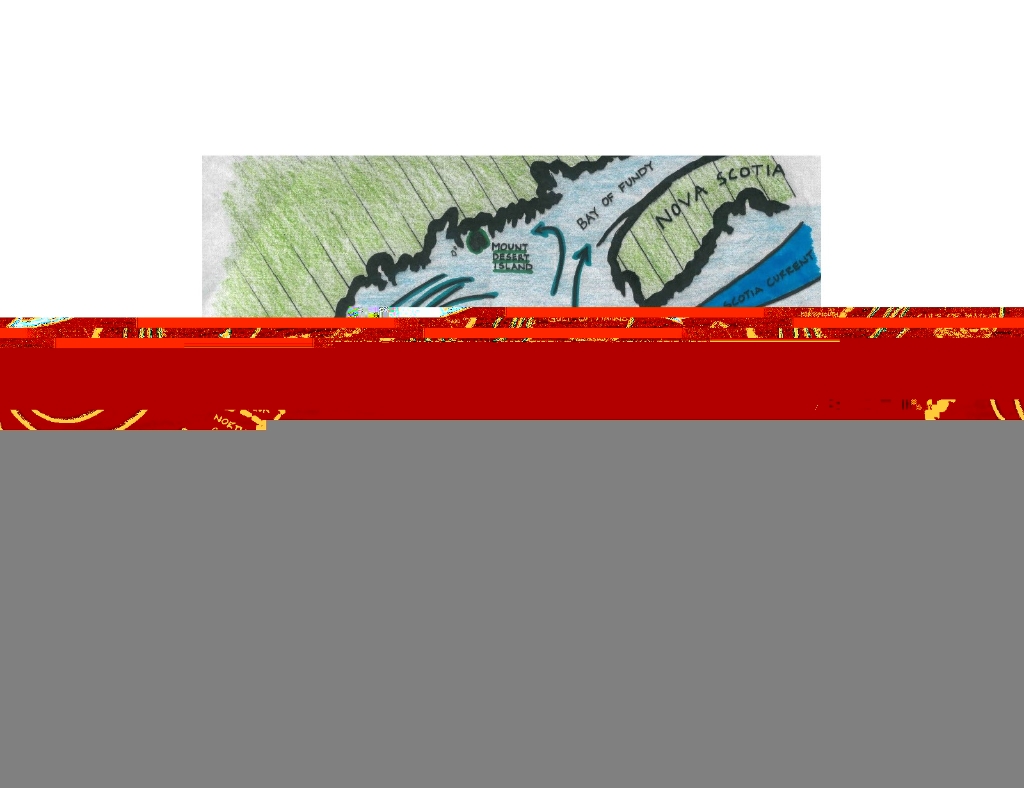
The Gulf of Maine is an extremely productive body of water, and many creatures call it home. Part of the reason why it is so productive is because it’s so cold. Colder water can hold more oxygen, and that oxygen gives life to many marine animals like lobsters, urchins, fish, and many more. Because these waters are filled to the brim with these critters, many marine predators also come to the Gulf of Maine for the abundance of food. Predators like Ospreys, Double-crested Cormorants, seals, porpoises, and even sharks can be found in the waters around Acadia.
Look out into the ocean here, about halfway across the cove: do you see a rock ledge? This rock is known as Old Soaker, the same ledge that caused the demise of the Schooner Tay. Old Soaker, along with the two headlands that surround it, all help to protect the sand on Sand Beach from the heavy waves of the Atlantic. Without protection from Old Soaker, the sand could be easily carried away from the beach by strong waves.
Sand Beach is a unique beach in Maine. It is mostly composed of tiny pieces of broken shells. It is unusual to see a shell beach in an area with such cold water – shells are made of calcium carbonate, which dissolves easily in cold water. Beaches like these are much more common in warmer parts of the world like the Carolinas or Florida, where the water isn’t cold enough to rapidly dissolve shells. The shell-fragment sand of Sand Beach is a testament to how productive the waters of Maine are: the cold, oxygen-rich water produces more shelled creatures than it can dissolve, making Sand Beach possible.
Is there something we missed for this itinerary?
Itineraries across USA


















































